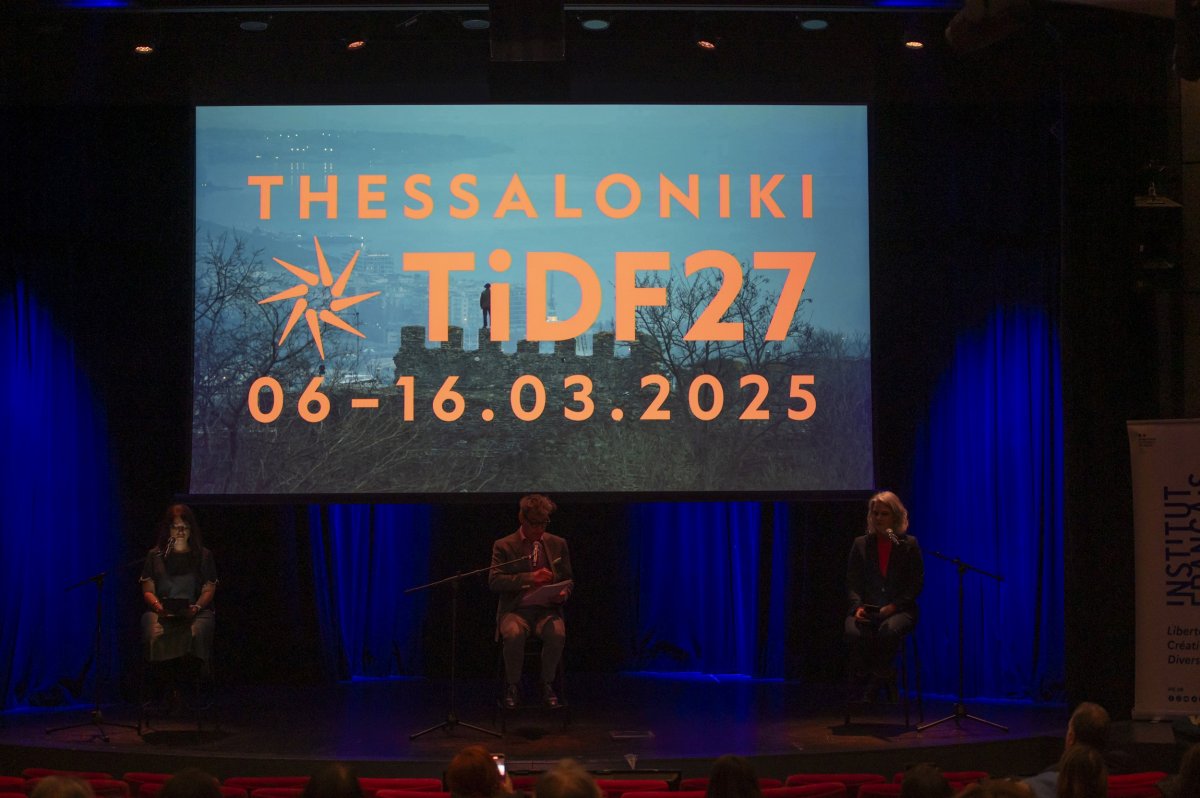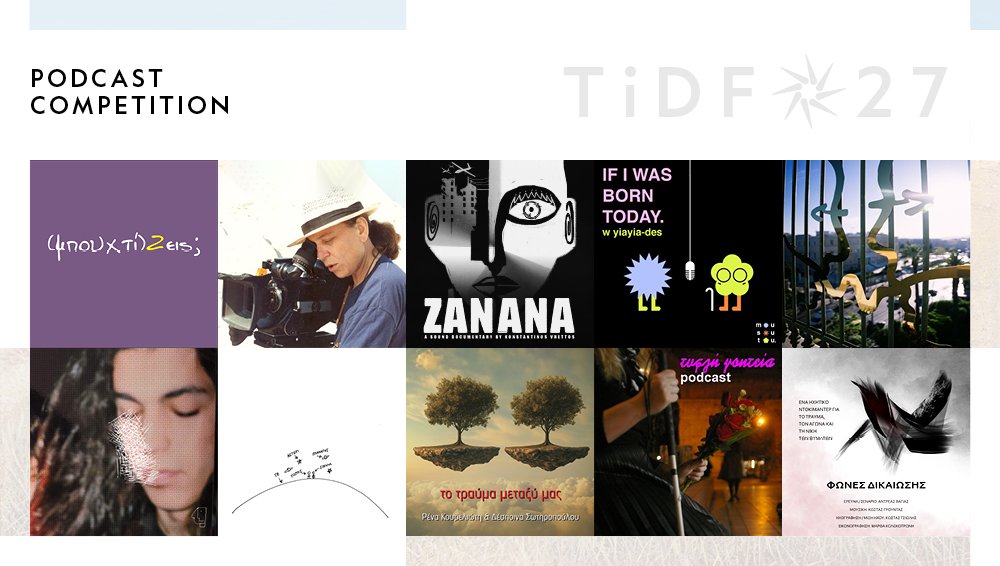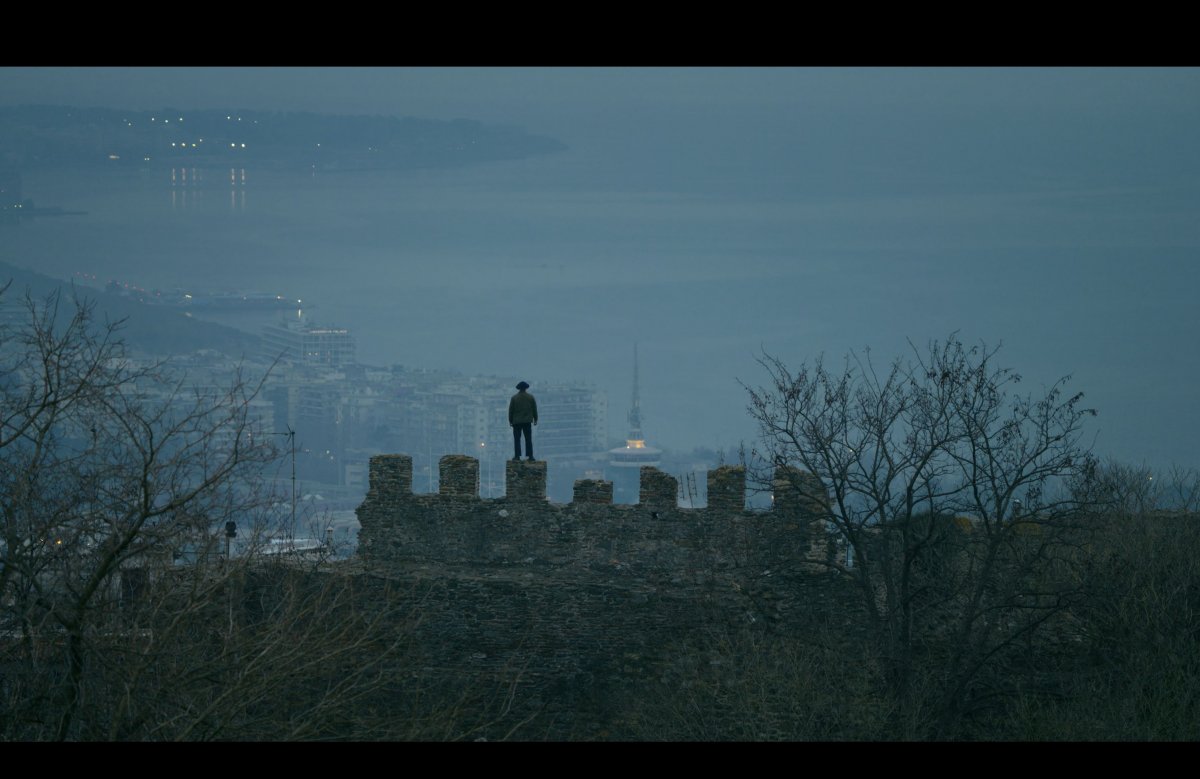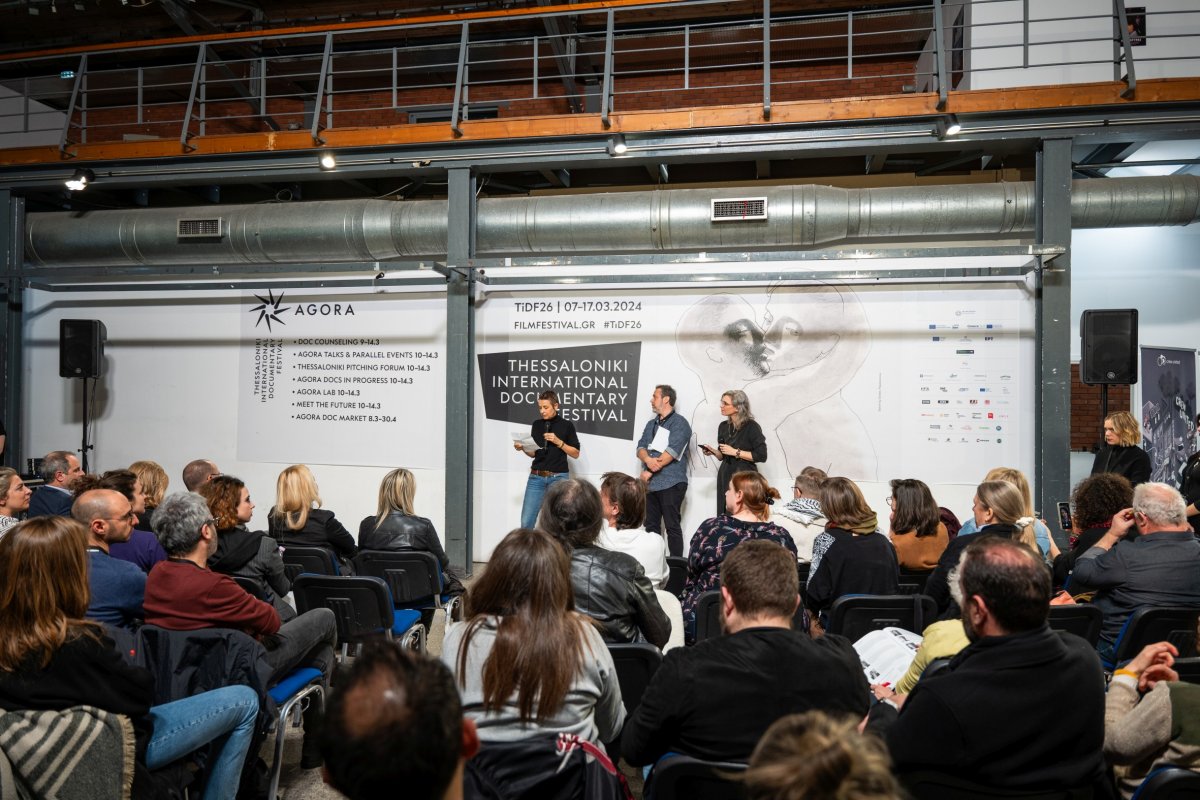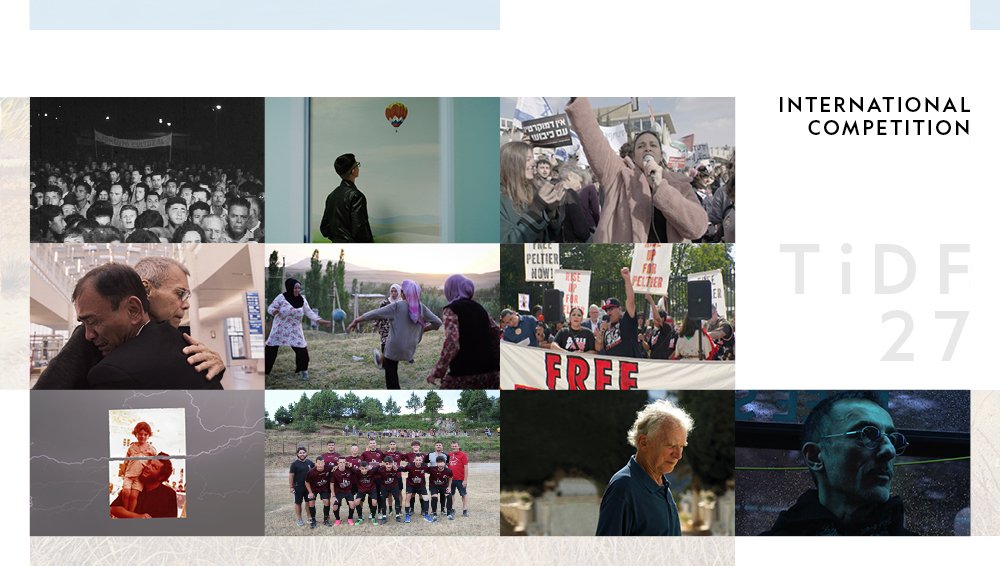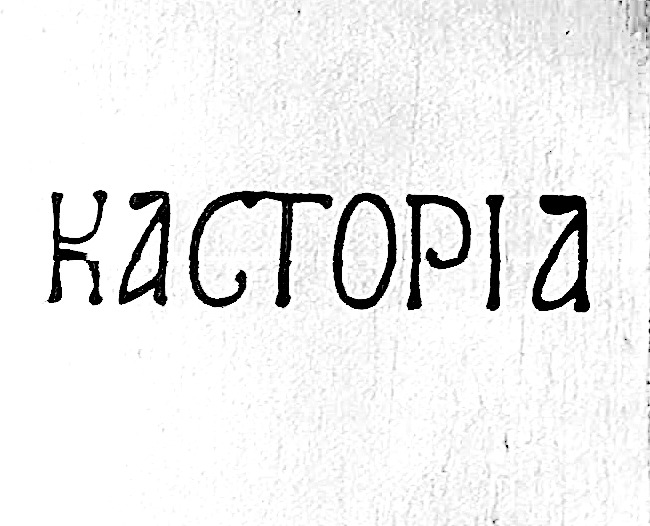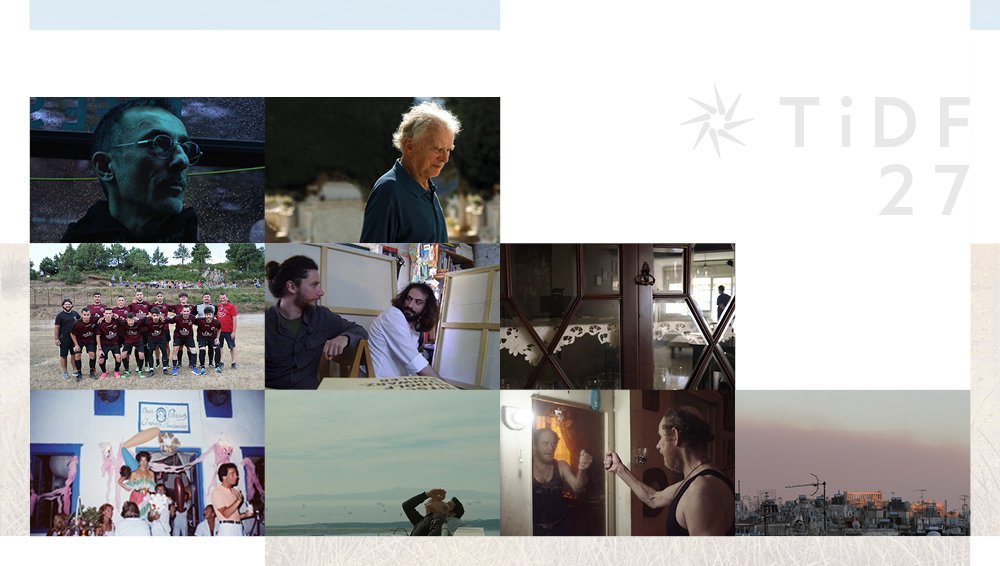WRONG TIME WRONG PLACE / ADESPOTA, STRAY DOGS IN THE HEART OF ATHENS / INDIAN SUMMER
/ SAGRADA - THE MYSTERY OF CREATION
Directors John Appel (Wrong Time Wrong Place), Stefan Haupt (Sagrada - The Mystery of Creation), Simon Brook (Indian Summer) and Ilya Chorafas (ADESPOTA, Stray Dogs in the Heart of Athens) gave a press conference on Sunday, March 17, 2013 in the context of the 15th Thessaloniki Documentary Festival.
John Appel’s film Wrong Time Wrong Place focuses on the gruesome events that unfolded in Norway in July 2011: the bombing at the heart of the city and the cold-blooded execution of innocent people on the island of Utoya. The documentary follows the aftermath of the attacks. John Appel explained that he used the attacks carried out by Anders Breivik in an attempt to capture the thoughts of people about whether such tragedies are chance events or inexorable disasters. “Some argue that this was bound to happen, while others blame only the actions of a mentally unstable individual. I don’t believe in predetermination. Our destiny is not predetermined. To an extent, we are all vulnerable to eventuality and happenstance -many events are beyond our control and foreknowledge. Personally, I am always open to the unexpected”, said the filmmaker. Appel was pondering on this theme before the 2011 attacks, and had already done his research. “Ultimately, the characteristics of any given event matter not. Believing in fate or destiny is something universal. When the 2011 tragedy happened, I thought this was what I was looking for. I had no desire to wait and reflect on my decision”, explained Mr. Appel. The filmmaker addressed a question about how difficult it was to make people open up and talk about such a recent painful memory. “For some it was easy, for others it was hard. I could see their pain and anger. I chose not to include these testimonies in the final film. It is hard making a documentary touching on recent and tragic events, but I also knew that some people actually need this. Filmmakers sometimes take on the role of the psychologist. People realized that I did not want to focus on the events themselves, but on how their lives changed, on the little, decisive things that happened on that fateful day. Some interviewees had never spoken publicly abut their experiences before”, noted the director. The documentary includes the testimony of the parents of a female student from Georgia, who had told her parents Norway was the safest country in the world. Mr. Appel also said that shooting the film made him realize Norway had lost its innocence. “It was quite ironic. It happened in the most unlikely of countries. And this only proves my point, that nothing in life is predictable”, he said.
Taking the floor, Ilya Chorafas talked about his film ADESPOTA. Given that Greeks are used to seeing stray dogs every day, the filmmaker was asked abut his reasons for choosing this subject. “When you first arrive to Greece from abroad, the first thing you notice are the stray dogs. On account of the 2004 Olympics, the City of Athens cleared the streets. Suddenly, Athenians realized there were no dogs left. I wanted to shed some light on the mystery of their disappearance, since there was a lot of speculation, including the theory that the dogs were put to death. Some stray dogs managed to return to their initial habitats, but not all made it”, said the filmmaker.
After the Olympics, the City of Athens implemented an animal protection program, co-financed by national and EU funds. The program was underfunded from the start, according to the filmmaker. “The money is not enough. And some of it gets ‘lost’ in the way”. Since 2009, the programme’s funding was cut, because of the financial crisis. “Volunteers struggle to keep the programme alive despite the cutbacks. I believe they will keep on fighting, even if funding dries up completely. Without the stray dogs, the city will lose a part of its soul. It would be turned into a cemented, air-conditioned desert. All the feelings people have when coming to contact with stray dogs would be lost”.
Simon Brook talked about Nella Banfi, the heroine of his documentary Indian Summer. He had long been friends with Banfi. One day, she told him she had breast cancer. “She eventually had an operation, but one day she announced she was leaving for India. ‘Are you insane? Aren't European doctors enough?’, I asked her. I feared I would never hear back from her again”, Brook recollected. Nella turned to Ayurveda, an ancient type of medicine, born 5.000 years ago in India, which changed both her life and her ideas. Nella was cured and, upon returning home, she asked her doctor, renowned oncologist Thomas Turz, to join her in an exceptional journey of initiation. The director followed their encounters with doctors, priests and scientists. His protagonists are therefore a patient-believer and a skeptical doctor. “I had misgivings before making the film. I had been to India before, but had never visited an Ayurveda hospital. I had no idea what to expect. I thought they would just do massages, with no ‘serious’ approach of the illness. In the end, I realized I was dealing with real doctors who built on ancient knowledge. The Sanscrit language includes the word ‘arbita’, which describes uncontrollable cell reproduction. They had known about cancer for the past four or five thousand years”, said Mr. Brook. Asked whether he had come to accept the value of alternative medicine after this trip, he said: “This is not alternative, but complementary medicine. They use Western technology in diagnosis, and then propose their own therapy, which is obviously grounded on science”.
Swiss filmmaker Stefan Haupt talked about his own documentary, Sagrada - The Mystery of Creation. He said that he had the idea in 2007, during a visit to a cathedral in Cologne. “It made me think about the incredible things people used to build centuries ago, but not today. Two weeks later, I happened to be in Barcelona, at the unfinished project of the Sagrada Familia. Oddly, the site was not swamped by tourists at the time. So I watched as the workers smoked and listened to their portable radios... I thought this moment was an anachronism, and yet it was happening right in front of my eyes, at a church that has been under construction for the past 130 years”. The filmmaker was asked if what inspired him was the architecture of Gaudi, the magnificence of the place or the fact that the project was still under construction with no completion date in the foreseeable future. “I was interested in Sagrada, not Gaudi. I learned a lot about him, since he is a source of inspiration for current workers. He must have been a remarkable man, easily carried away with enthusiasm, believing in a project to the very end. But what I wanted to explore were the motives of the people that keep working on the project today, and what makes it so fascinating to visitors like me. The film is not about the church itself”. Asked about the people working on the Sagrada Familia, the filmmaker replied: “They know they will remain in obscurity and that the project started before them and will finish after them. But they feel they are working on something that is of far greater importance - and they feel part of it”.
The four films are among the events of the 15th Thessaloniki Documentary Festival financed by the European Union’s Regional Development Fund for Central Macedonia, 2007-2013.





